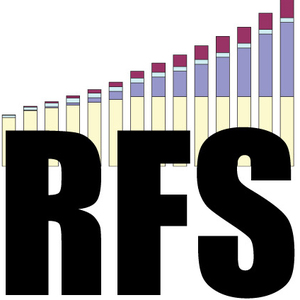Data indicates demand for 1B gallons E85, if priced right

September 28, 2015
BY Susanne Retka Schill
E85 would make the original renewable volume obligation (RVO) in the renewable fuel standard (RFS) achievable, a new report out from Sebastien Pouliot and Bruce Babcock at the Center for Agriculture and Rural Development, Iowa State University, if it is priced to save drivers 23 percent on cost per mile. The economist duo used sales data from a major Midwest chain of retail gasoline outlets that correlated E85 price levels with sales from 2011 through 2014.
The chain’s aggregate market share for E85 in two metro areas was greater than 90 percent, they said, and its E85 pricing was uniform within each metro area, thus allowing the researchers to estimate the proportion of owners of flex fuel vehicles (FFVs) who chose to switch to E85 at various price levels. They estimated the number of FFVs in those areas using zip code data of FFV owners. Metro area 1 was in the Corn Belt, they said, and metro area 2 “is located in a state that produces no ethanol but a lot of oil and natural gas.” E85 demand in metro area 2, where the number of E85 pumps has increased, is 20 percent greater than metro area 1, after controlling for the price of E85 and the number of FFVs per station.
“Using these new direct estimates of consumer demand, we find that owners of current flex vehicles in all U.S. metro areas would consume 250 million gallons of E85 if it was priced at parity on a cost per mile basis with E10, and one billion gallons of ethanol if E85 were priced to save drivers 23 percent on a cost per mile basis,” they said. That calculation assumes no new E85 stations. But, if drivers in all metro areas had the same driving distance to E85 stations as the study area, they explained, “Then more than one billion gallons of ethanol would be consumed in E85 in U.S. metro areas if E85 were priced to save FFV drivers 10 percent on a cost per mile basis.” The total demand is understated, they added, since it does not include estimated E85 consumption in nonmetro areas.
Advertisement
“Our results show that meeting the original 15 billion gallon RFS ethanol target in 2016 is feasible,” Babcock and Pouliot conclude in the report summary. “The two key conditions needed to meet this consumption level is to allow the market for RINs [renewable identification numbers] to work as intended, which will allow the price of E85 to fall to induce consumers to buy the fuel, and for EPA to set a consistent policy signal to industry that they will indeed have to meet this target. A clear and consistent message from EPA is needed to foster investment in fueling stations that will allow enough consumers to access E85.”
The entire report and the methodology used to analyze the date from the two metro areas, extrapolated nationally, is available on the CARD website: “How Much Ethanol Can Be Consumed in E85?”
Advertisement
Related Stories
The U.S. EPA on July 8 hosted virtual public hearing to gather input on the agency’s recently released proposed rule to set 2026 and 2027 RFS RVOs. Members of the biofuel industry were among those to offer testimony during the event.
The U.S. exported 31,160.5 metric tons of biodiesel and biodiesel blends of B30 and greater in May, according to data released by the USDA Foreign Agricultural Service on July 3. Biodiesel imports were 2,226.2 metric tons for the month.
The USDA’s Risk Management Agency is implementing multiple changes to the Camelina pilot insurance program for the 2026 and succeeding crop years. The changes will expand coverage options and provide greater flexibility for producers.
President Trump on July 4 signed the “One Big Beautiful Bill Act.” The legislation extends and updates the 45Z credit and revives a tax credit benefiting small biodiesel producers but repeals several other bioenergy-related tax incentives.
CARB on June 27 announced amendments to the state’s LCFS regulations will take effect beginning on July 1. The amended regulations were approved by the agency in November 2024, but implementation was delayed due to regulatory clarity issues.
Upcoming Events










